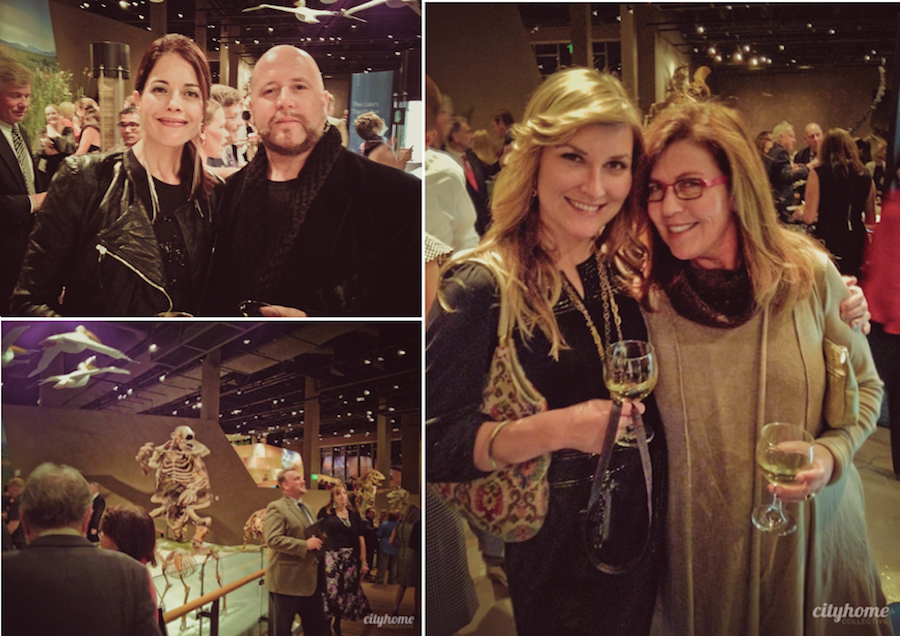My professor of Art History often used the phrase 'rush to the heavens' in reference to the inexplicable feeling one experiences upon crossing the threshold of a sacred space...say, in a temple or cathedral. If architects were successful, the instinctive response would be to look up, following the columns to the beautifully-painted ceilings; they'd created an ethereal experience for the visitor. Having seen cathedrals first-hand around the world, I've come to recognize this unavoidable feeling.
'Rush to the heavens' is precisely the phrase that came to mind when I entered our new Natural History Museum of Utah. I wasn't expecting a spiritual experience, but there it was.
The $98 million-project consists mostly of concrete and glass, armored with copper bands - a call across the Salt Lake Basin to Kennecott Mines, the largest copper mine in the world - and is now home to the 1.2 million-piece collection of The Natural History Museum of Utah. Inside, the world experience is embodied in four waves; the levels symbolize sky, life, land, and past worlds. All told, there's roughly 38,700 feet of permanent and rotating installments, as well as a bookstore, a children's interactive gallery, a 150-seat theater, and a cafe. The architects at Ennead (formerly known as the Polshek Partnership) kept sustainability in mind for the massive project, having incorporated recycled building materials and a planted roof system that will harvest storm water for use in irrigation, among other things. The structure is expected to receive LEED Gold certification withing the next two years.
Due respect and awe to the incredible minds at Ennead Architects for the creation of this unbelievable space. This is a remarkable and lasting addition to Salt Lake; our city's 'rush to the heavens'.



















